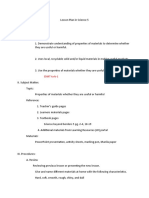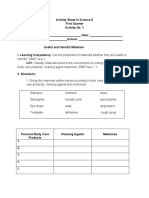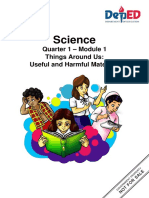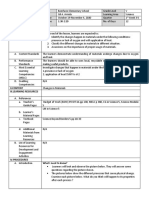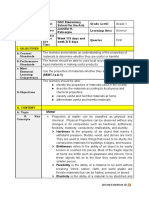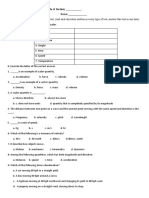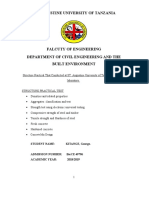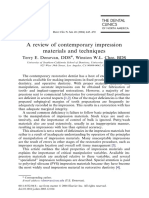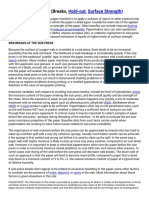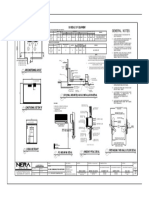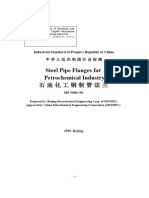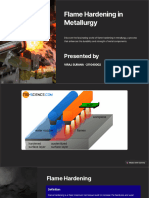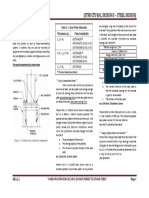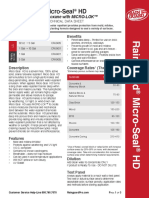0% found this document useful (0 votes)
7K views28 pagesScience: Properties of Materials
This module focuses on the properties of materials that determine whether they are useful or harmful. It emphasizes the importance of recognizing the physical and chemical properties of materials to determine their uses. The module defines useful materials as those that serve a purpose and can be reused, recycled, or recovered from. It provides examples of useful materials like empty bottles, fruit peels, and scratch paper that can be reused or recycled. The module teaches students to identify, classify, and properly dispose of useful and harmful materials found at home.
Uploaded by
Mara M. LabanderoCopyright
© © All Rights Reserved
We take content rights seriously. If you suspect this is your content, claim it here.
Available Formats
Download as PDF, TXT or read online on Scribd
0% found this document useful (0 votes)
7K views28 pagesScience: Properties of Materials
This module focuses on the properties of materials that determine whether they are useful or harmful. It emphasizes the importance of recognizing the physical and chemical properties of materials to determine their uses. The module defines useful materials as those that serve a purpose and can be reused, recycled, or recovered from. It provides examples of useful materials like empty bottles, fruit peels, and scratch paper that can be reused or recycled. The module teaches students to identify, classify, and properly dispose of useful and harmful materials found at home.
Uploaded by
Mara M. LabanderoCopyright
© © All Rights Reserved
We take content rights seriously. If you suspect this is your content, claim it here.
Available Formats
Download as PDF, TXT or read online on Scribd
/ 28

